We’ve had lots of requests for more information on dwarf conifers and it’s easy to see why. They look great year-round, come in all kinds of shapes, forms, and colors. Many are water-wise once established, and most thrive in extreme climates. However, the real reason we love them is the way they provide strong structure. Plus they play well with floriferous bounty during the growing season. Then become stars in their own right during the winter. Speaking of winter, conifers provide important shelter and food for birds and many small mammals. These animal nest within during the coldest months.
Dwarf conifers can serve as versatile plants regardless of how much space you have. Selecting and designing with these plants is all about intent. Do you want a “collection” of conifers? Each one an architecturally fascinating creature—weepers, twisted growers, bonsai-like specimens? Ones that you site in a place of honor as a statement (or curiosity)? Or are you looking to add texture to mixed plantings? Keep in mind how conifers combine with their surroundings, and you’ll be off to a great start.
What is a dwarf conifer?
While “dwarf” is usually defined by its mature size, the term often applies to rate of growth as well. True dwarf conifers range from two to six feet at maturity, putting on three to six inches annually. Some others also considered "dwarf" reach six to fifteen feet but only grow six to twelve inches in a year. The first is ideal for smaller gardens, the second group better suits larger spaces.
Dwarf conifers offer a long list of design or placement options in the landscape. Use them as anchors of ever-changing planting vignettes or vertical elements in a design. Also as large container specimens, groundcovers, and in clusters with other conifers. Here are a few design inspirations we found. Below those, we offer our favorite dwarf conifers divided by Hardiness Zones. If you live in Zones 4–8 you have the largest range of choices, but there’s something amazing for just about everyone.
Do you have questions or need specific plant advice? Leave a message in the comments section, or visit our Help Center.
4 Ways to Use Dwarf Conifers in the Landscape
Groundcover
Tough, waterwise, and generally unbothered by moderate foot traffic, spreading varieties of dwarf conifers make for excellent groundcovers. The key is to holster the hedge trimmers and let them have it their way. Allowed to tumble, spread, and scramble, they’ll be some of the loveliest, easiest, and least fussy options for softening spaces.
Pictured above: Icee Blue® Juniper acts as a groundcover underneath flowering Walker's Low Catmint.
Mixed Beds
We've seen many fascinating examples of conifer collections. Ones where they are isolated and grouped with only other similar plants. For many, meshing dwarf conifers with perennials, flowering shrubs, small trees, and grasses will yield the most natural-looking landscape.
Pictured above: A Dwarf Globe Blue Spruce in a mixed garden bed. Along with a Waterfall Japanese Maple in the full flush of autumnal foliage change.
High Points
In addition to the low-growing, spreading types, other dwarf conifers are more upright. They add vertical punctuation to a small landscape. These are especially useful in larger borders. Here they can add height, soften the corner of a house, or flank the front door. Plus they can frame a pergola, swimming pool, or water feature. Here, you must be vigilant about the eventual mature size. Choose a dwarf conifer that will fit your space.
Pictured above: A Dwarf Alberta Spruce adds height to a lush landscape.
All-Season Containers
One of the easiest ways to use dwarf conifers is in containers. Conifers aren’t fiddly creatures. They do, however, like well-drained soil so be sure that whatever you pair with them is compatible. Here's the best thing about using dwarf conifers as the anchor for a container planting. When winter comes and all else withers, they'll still look fabulous.
Pictured above: Perfect as an unexpected holiday container. A Golden Duke® Eastern Hemlock is combined with FloralBerry® Sangria St. John's Wort, and Sirens Song™ Dark Night Heuchera.
Get a better look at this container in this video.
Best Dwarf Conifers for Zones 2 - 6
Little Rick™
Mugo Pine
A Monrovia exclusive and 2022 Distinctive Selection. This gem of a mugo pine is prized for its ability to stay green throughout the winter. A compact, easy-care, and low-maintenance dwarf conifer. Up to 5' tall and wide. Zones 4-9.
Use: Asian or Zen garden, woodland garden, wildlife garden, mass planting, and perennial borders.
Dwarf Globe
Blue Spruce
Prized for its bright-blue foliage that holds its color all winter. Globe-shaped and densely branched. Slow growing, up to 5' tall and 6' wide. Zones 2–8.
Use: As a specimen or pruned into a patio tree for containers.
Dwarf
Scotch Pine
Useful form with rich blue-green needles on dense, horizontal branches. Takes well to pruning and shaping. Slow growing, up to 6' tall and wide. Zones 2–7.
Use: Rock garden, courtyard, coastal, windy conditions.
SlowmoundMugo Pine
Rugged, waterwise conifer, with finely textured, deep green foliage; seldom needs pruning. Slow growing, up to 2' tall and wide in 10 years; to 3 ft. at maturity. Zones 2–8.
Use: Specimen, urban, alpine, or rock garden.
JeanGenie™ Colorado
Blue Spruce
This Colorado Blue Spruce is a Monrovia exclusive and perfect for smaller landscapes. Dense growth habit, pyramidal form, and bright-blue needles make it a beautiful specimen. Slow growing, up to 15' tall and 8' wide. Zones 2-8.
Use: Single specimen, wildlife garden, urban garden, privacy screen.
Miniature Moss
False Cypress
A true dwarf conifer with a wonderful globe form and bright-green foliage. The billowy, cushion-like shape makes a great accent in a variety of garden types. Slow growing, up to 30" tall and wide. Zones 4–8.
Use: Accent plant, perennial beds, clipped topiary, rock garden.
Tiny Tower® Dwarf
Alberta Spruce
The dense, bright-green foliage and pyramidal form are perfect for smaller gardens and topiaries. Foliage matures to an attractive gray-green. Slow growing, up to 6' tall, 2' wide. Zones 3–8.
Use: Accent, small specimen, topiary, container planting.
Best Dwarf Conifers for Zones 7 - 10
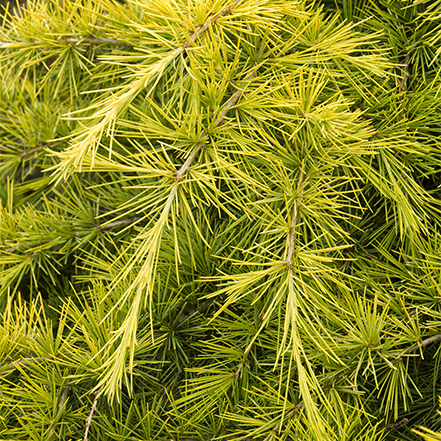
Feelin’ Sunny® Deodar Cedar
A Monrovia exclusive with bright, golden-yellow foliage. This unique dwarf cedar offers a bright contrast to darker trees and shrubs. The spreading habit can be trained upright or into a patio tree form. Up to 12' tall and 8' wide. Zones 7–9.
Use: Accent, massed, groundcover, large container specimen.
Blue Angel
White Pine
Uniform and densely-branched upright form with brighter, silvery blue-green needles. Slow growing, up to 8' tall and 4' wide. Zones 4–9.
Use: Handsome specimen, windbreak, container.
Feelin' Blue
Deodar Cedar
The lowest of the dwarf cedars, with a unique spreading form and intriguing blue-green foliage. Slow growing, up to 5' tall and 10' wide. Zones 6-9.
Use: Specimen, shrub border, rock garden, woodland garden.
Danica
Arborvitae
Versatile, dwarf, globe-shaped with bright emerald green foliage that turns bluish-green in winter. Up to 2' tall and wide. Zones 4–8.
Use: Borders, foundation plantings, specimen, hedge.
Dwarf Japanese
Garden Juniper
The gold standard for dense, waterwise groundcover. Winter color has a purple tint. Reaches up to 1' tall and 6' wide. Zones 4–9.
Use: Rocky slope, water features, city gardens.
Fire Chief™
Globe Arborvitae
Symmetrical globe-shaped shrub with golden spring foliage that turns deep red in fall. Slow growing, up to 4' tall and wide. Zones 5–8.
Use: Massing, rock, native garden.
Weeping Blue
Atlas Cedar
Dramatic, weeping habit with a sprawling horizontal form; often trained into upright, serpentine form. Slow growing, spreading up to 20' wide. Zones 6–9.
Use: Specimen, groundcover, container.
How to Care for Conifers
Dwarf conifers come in an amazing array of exciting colors, snazzy shapes, and diverse textures. And, they’re pretty easy-going too.
- Many prefer slightly acidic soil. It pays to do a simple soil test, adding amendments such as peat or acid-planting mix as needed.
- Most are not fussy about soil moisture but generally they do not like wet soils; provide good drainage.
- Conifers have varying degrees of tolerance for salt and wind. If you need advice, please consult your local garden center for guidance.
- Fall is the best time to plant; be sure to water well after planting.
- Water all conifers in the fall to avoid winter burn.
- Not heavy feeders, conifers prefer an annual meal of peat, compost, or well-aged manure.
- Prune only as needed.
Learn More About Caring For and Designing With Conifers
- Get more ideas for beautiful garden design in this free Simply Beautiful garden design guide.
- Sign up for our Grow Beautifully newsletter. Here you'll get more design inspiration, garden tips, how-tos, and first access to exclusive plants.
- Colorful Cold Loving Conifers for the Winter Garden
- Favorite Cold Zone Shrubs
- Match the Right Evergreen Shrub to Your Landscape Need
- Top Conifers for Year-Round Beauty (Zones 7-10)
- Colorful Conifers




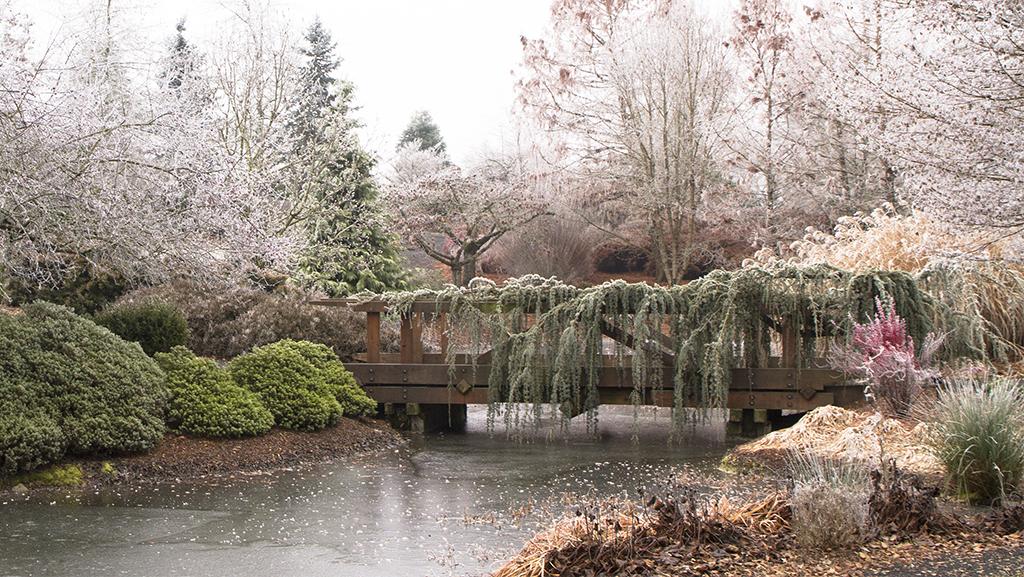
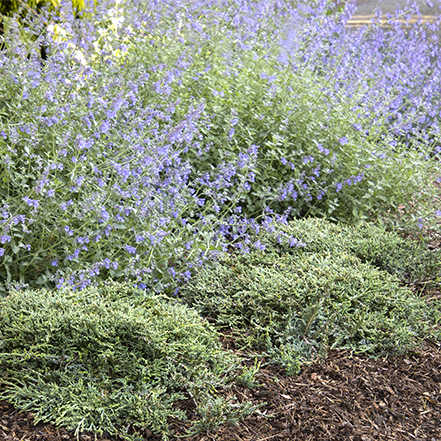
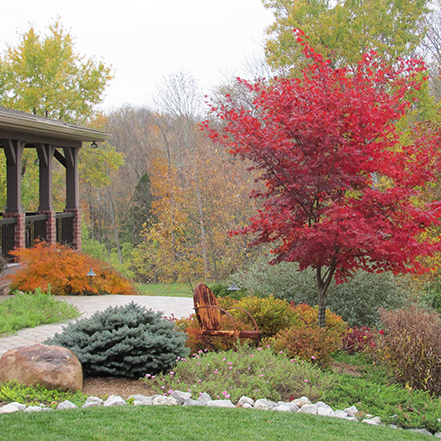
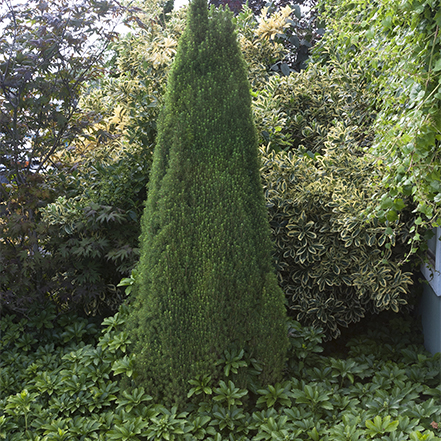
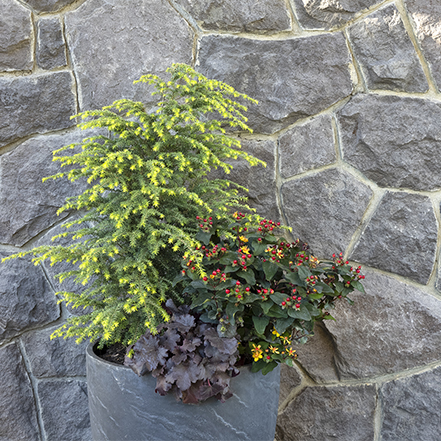
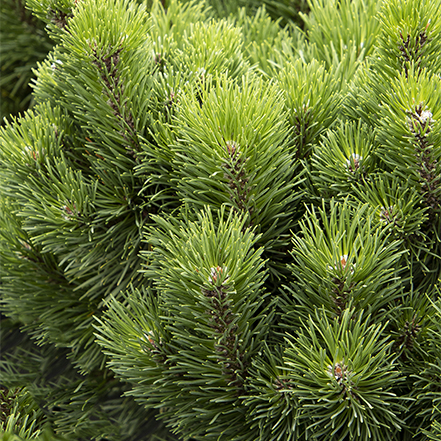
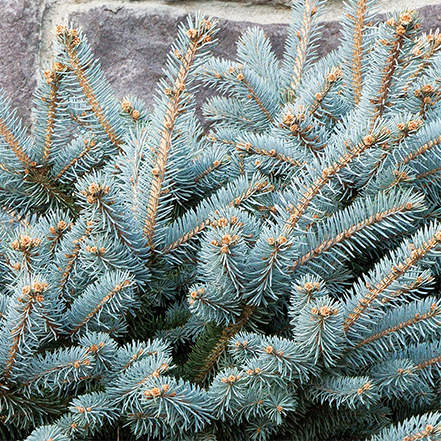
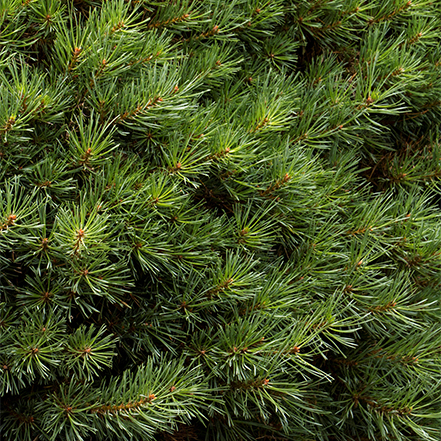
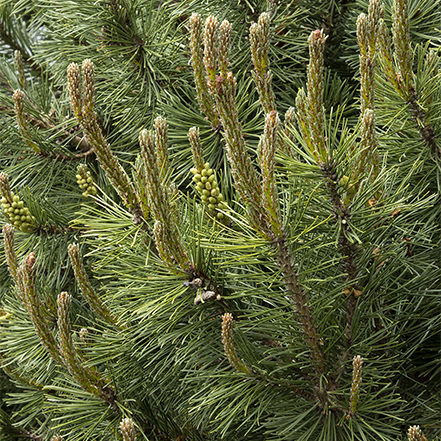
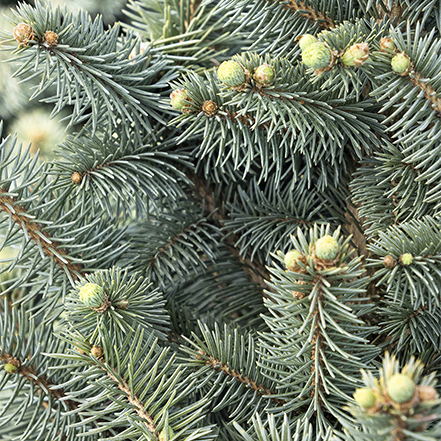
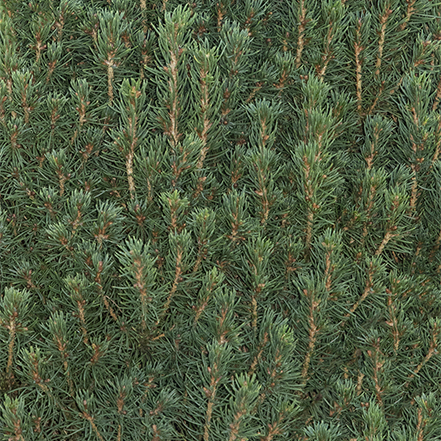
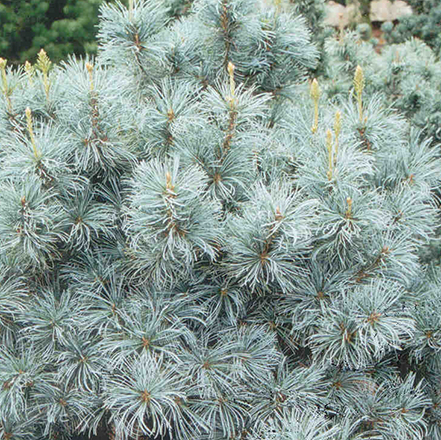
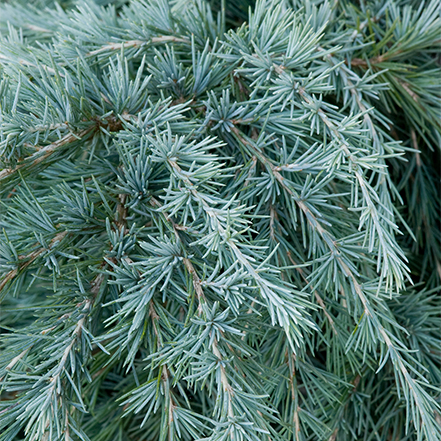
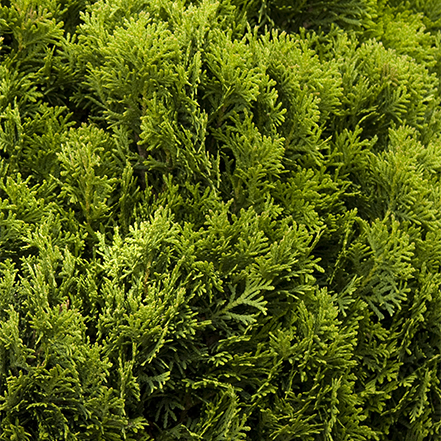
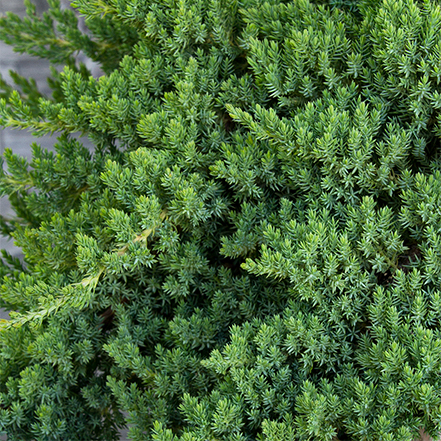
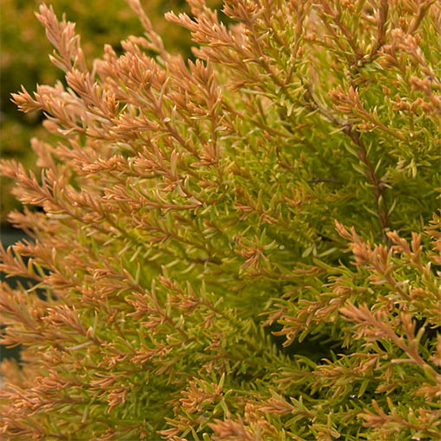
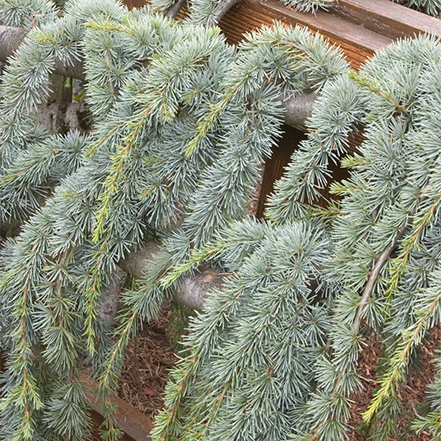
Please login to comment.
Don't have an account?
Sign Up for free